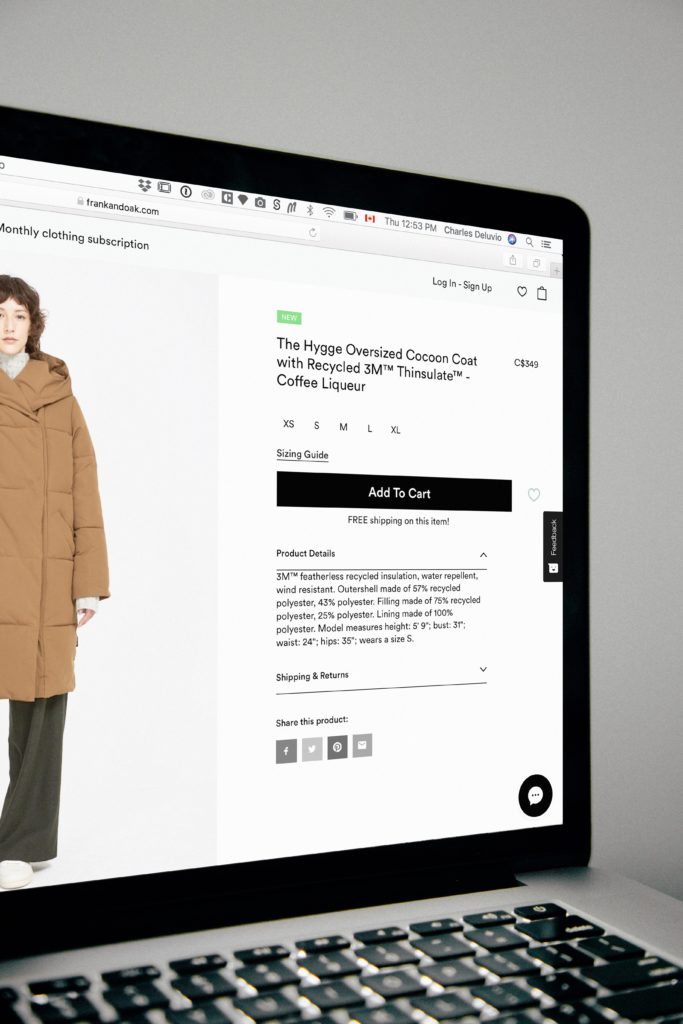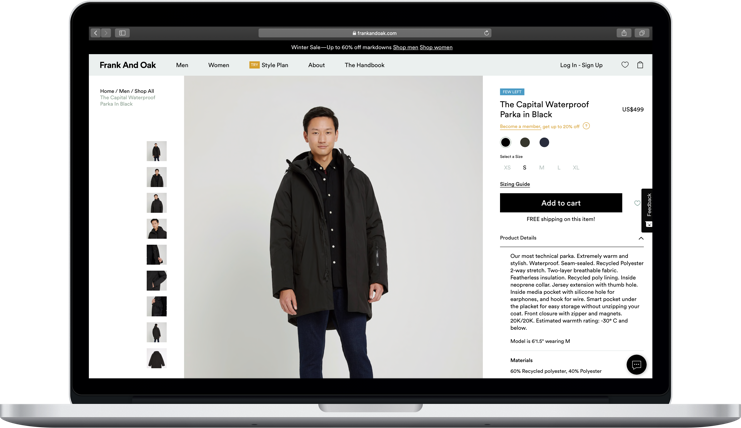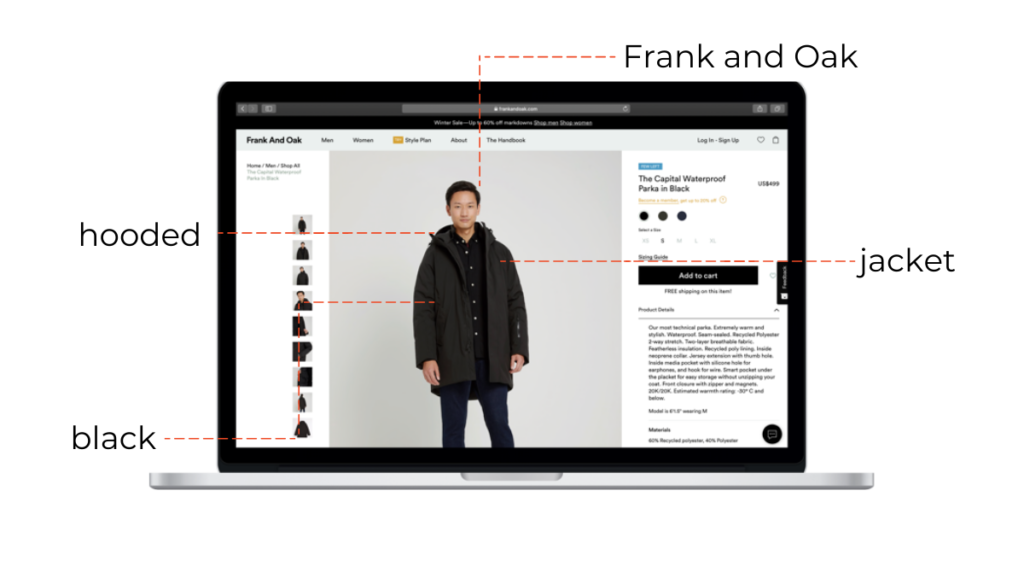In just a few short years, machine learning has advanced to the point where it can make both our personal and our professional lives easier in a wide range of different ways. As a subset of the larger topic of artificial intelligence, machine learning is simply classified as the use of various statistical techniques that give computers and software applications the ability to “learn” without actually being programmed to do so.
Business Implications of Machine Learning
In the world of business, machine learning has the potential to unlock an incredible amount of value. Using past customer data, you can use machine learning to better interpret their own behaviors and predict opportunities for up-sells or upgrades, make personal recommendations based on order histories and more. The manufacturing industry has been using machine learning to great effect, using it to increase the efficiency of predictive maintenance on mission critical assets in environments like factories and warehouses. The list goes on and on.
Object detection is an idea that comes directly out of machine learning and it has particular relevance to photos in particular. Think about the types of photos you commonly take with your smartphone – they’re probably very complex and they usually have multiple objects contained inside. A photo of your friend in a park is rarely ever just that – it’s also a photo of their dog, that park bench they’re standing in front of, the trees that surround them and more.
With object detection (and the larger idea of machine learning), it’s possible to not only know which objects are in your photos automatically – it’s possible to know where they are, too. If you know that, you also better understand the relationship between these objects – which means that if you’re running an e-commerce business, you have access to a great deal of insight that you can use to improve your own products and services across the board.
Object Detection and E-Commerce Businesses: Breaking Things Down
For the sake of an example, let’s say that your e-commerce brand has entered into a relationship with a social media influencer to promote some of your products and services on a site like Facebook or Twitter. That influencer regularly posts photos of them enjoying your product – something like a particular model of camera – in a variety of different settings.
Soon, that potential customer is motivated to action – they want that camera and they want it now. With object detection, that customer can take the image from the influencer’s social media page and upload it to your own website for analysis. Your object recognition API will instantly break that picture down into the sum of its parts, recognizing both the camera and other characteristics that go into determining the make and model. The customer is then presented with a short list of possible cameras, allowing them to easily find the right one.
Suddenly, a search that would have probably taken an hour even a few short years ago can now be done in a matter of seconds. The customer knows exactly which camera the influencer was using, where they got it from and they can buy one of their own as fast as possible – all without interacting with another human being at any point.
The reverse is also true, too. E-commerce retailers can use object detection to both recognize and filter out inappropriate content from their own images, thus allowing them better control over the image their brand is putting forth.
Or if your e-commerce website also acts as a marketplace for people to sell their own products, you can use object detection to instantly recognize items on a list that you do not want to be associated with (like firearms) and flag them for removal, too.
These are just a few examples of the potential application of object detection in the e-commerce space. Rest assured that there are many more. But in the end, object detection on this level isn’t just about “teaching” a computer to figure out which items are in which images. It’s also about context – the deeper relationship between those objects and what they mean when taken together. If you know that, you essentially know everything you need to create better experiences for all of your customers – and experiences that you have more control over – moving forward.
Try our object detection for your e-commerce site by signing up for free today.
Filestack is a dynamic team dedicated to revolutionizing file uploads and management for web and mobile applications. Our user-friendly API seamlessly integrates with major cloud services, offering developers a reliable and efficient file handling experience.
Read More →


